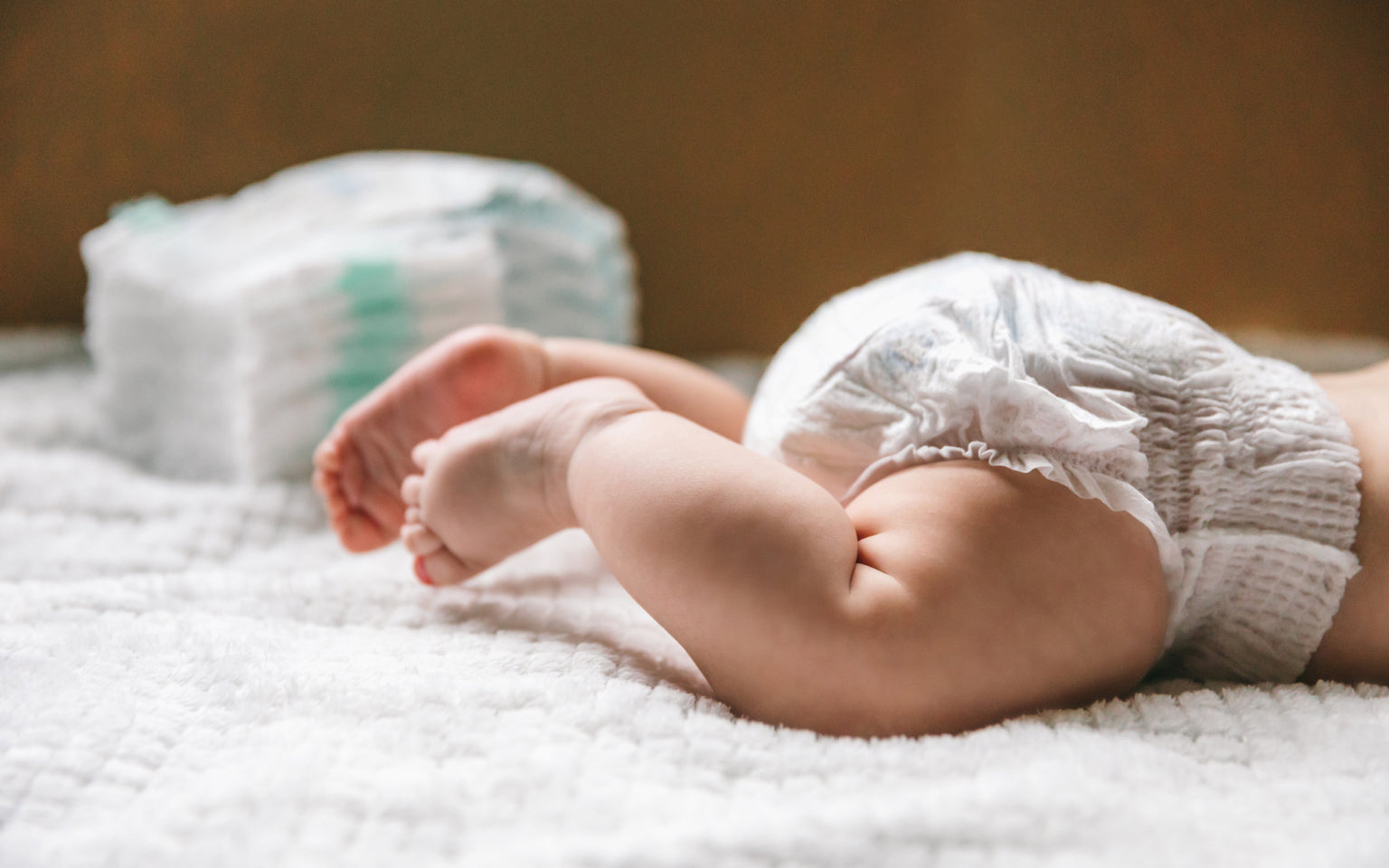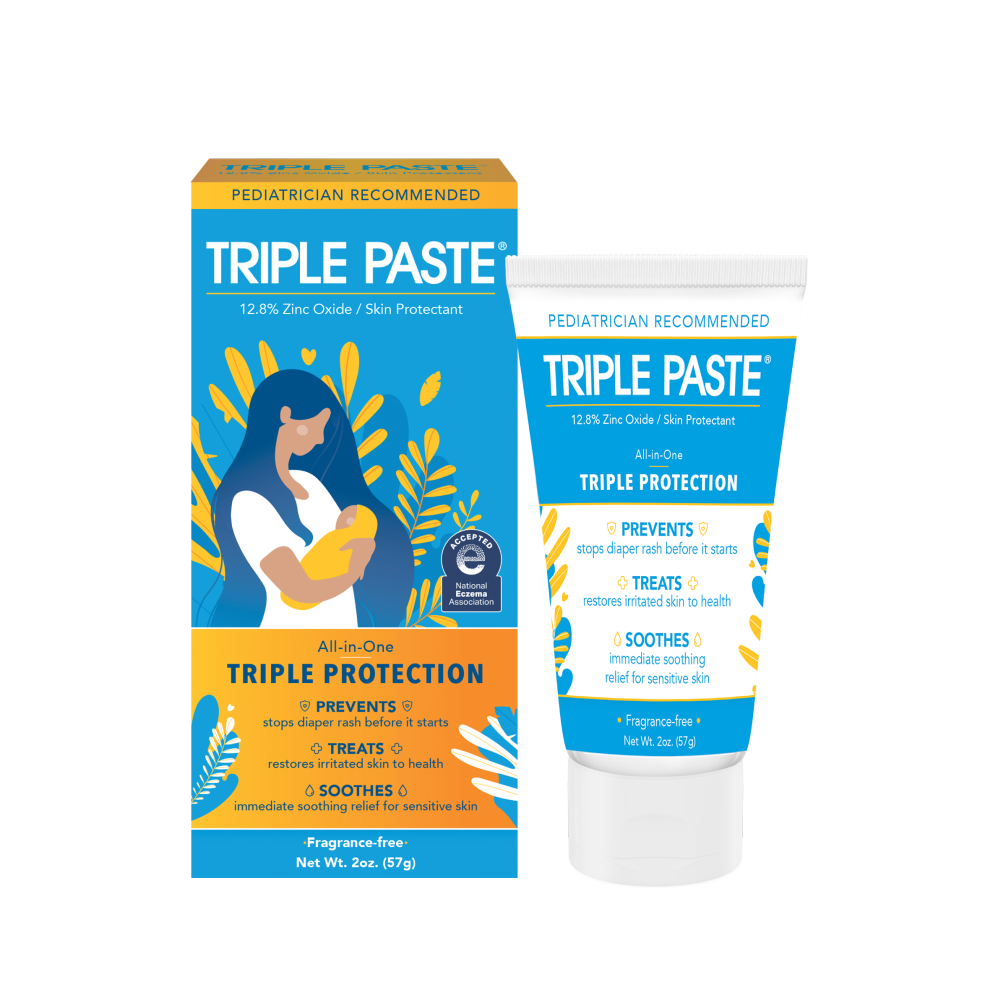Diaper Rash Myths Debunked
Diaper rash is one of the most common skin problems for babies and young children. By uncovering the true causes of diaper rash and knowing the truth behind common myths and misconceptions, you can become a diaper rash expert, effectively preventing and treating this uncomfortable condition.
Myth 1: Diaper Rash Only Happens When Diapers Aren't Changed Quickly
While it’s true that diaper rash can be caused by leaving a dirty diaper on for too long, many people believe diaper rash is solely due to infrequent diaper changes. However, it can result from a variety of factors including introducing new foods to your baby’s diet, sensitivities to diaper materials or detergent if using cloth diapers, fungal or bacterial infections, and allergies. To help prevent diaper rash, it’s crucial to keep your baby’s skin clean and dry, use a barrier cream for protection, and keep skin hydrated. Some diaper rash creams do both!
Myth 2: Cloth Diapers Prevent Diaper Rash
Cloth diapers may have had the top spot for a while due to their organic composition, but disposable diapers have come a long way! There are more options now, all with similar levels of absorbency and minimally-irritating materials. The key is to choose a diaper that works best for your baby’s skin and change diapers frequently.
Myth 3: Larger-Sized Diapers Prevent Diaper Rash
Some believe that buying larger diapers can reduce friction and prevent diaper rash. In reality, a diaper that is too large can cause leakage and discomfort. Properly fitting diapers are essential for minimizing friction and keeping your baby comfortable and dry. However, this myth isn’t too far off. It’s recommended to use a diaper that’s loose enough to allow airflow but not so tight it’s uncomfortable or traps moisture that makes diaper rash more likely. Sizing up may be an especially good idea for night-time when babies sleep for longer stretches of time.
Myth 4: All Rashes Are Created Equal
There are different types of diaper rash that occur for various reasons and some are harder to cure than others. Diaper rash may come from friction, irritation from exposure to ammonia in urine and feces, or as the result of bacteria, fungi or viruses. For example, yeast diaper rash in most cases requires treatment with an antifungal ointment and won’t typically resolve through the use of diaper rash cream alone.
Myth 5: Baby Wipes Cause Diaper Rash
While some baby wipes may contain chemicals and preservatives that irritate a baby’s sensitive skin and aggravate existing rashes, many hypoallergenic wipes are designed to be gentle on the skin. Raw, irritated skin can sting and be painful when wiped. Opt for fragrance-free, alcohol-free wipes and gently pat or dab the skin instead of rubbing and wiping. Allow your baby’s bottom to dry before putting on a clean diaper, especially if they already have diaper rash.
Myth 6: Only Babies Get Diaper Rash
Diaper rash isn’t exclusive to babies. Anyone who wears diapers regularly can get diaper rash. For example, adults with incontinence or bladder leakage issues can develop incontinence-associated dermatitis (IAD), which is essentially diaper rash. Prolonged exposure to moisture from urine and feces, sitting too long in wet clothes, and inadequate air circulation can lead to skin irritation in the genital area. IAD can be treated the same way as diaper rash, by using a zinc oxide-based rash cream.
Effective Strategies for Diaper Rash Management
There can be many causes for diaper rash and understanding these can help you prevent and treat it effectively. If you’re unsure of what type of diaper rash you’re dealing with, visit our Diaper Rash 1-2-3 page for detailed descriptions and causes. Remember to change diapers frequently, especially after bowel movements, and give your baby some diaper-free time to allow their skin to breathe and stay healthy.



